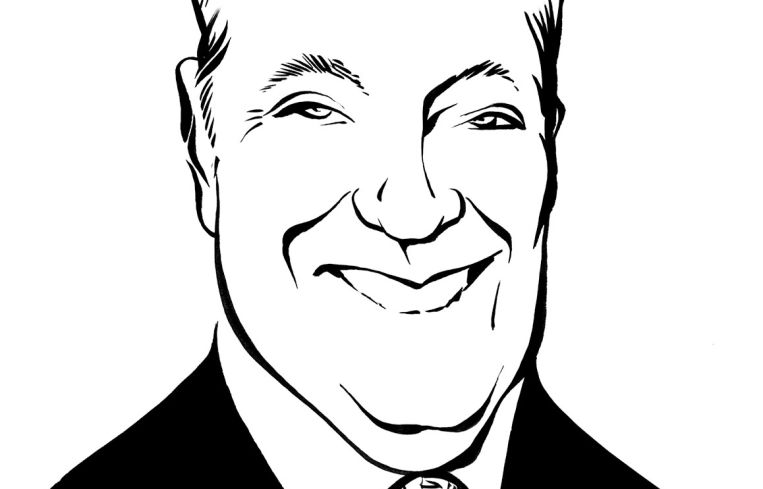The Upside of Rising Rates for Commercial Real Estate Investors

After a year of strong economic performance, the Federal Open Market Committee (FOMC) voted at its year-end meeting to hike interest rates by 25 basis points. It also released projections revealing it intends to increase rates three more times in 2017. Although this most recent hike was long anticipated and baked into market rates, some commercial real estate investors are concerned a higher-rate environment will negatively affect them.
Fears that upcoming rate hikes will be detrimental to commercial real estate are unwarranted. People all too frequently focus on interest rates, but frankly, they’re artificial. Rates are important to watch, but it’s far more important to understand the health of the economy. A deeper look at the economic environment, and what’s driving the Fed to raise rates, are positives for commercial real estate investors and owners.
A Strong Economy
It’s important to keep in mind that the Fed has been incredibly cautious about normalizing rates: December 2016’s rate hike was only the second time in the past decade that it moved to raise rates. When the Fed chooses to normalize rates, it’s because it’s confident that the economy can take it. The Fed’s rate hikes, however slow and small they may be, suggest that the U.S. economic recovery has become self-sustaining and no longer needs to be supported by artificially low rates. If you take into account the Fed’s caution to raise rates and the underlying economic factors that inform its decision, investors should be comforted, not concerned.
A stronger and growing economy will be a positive for investors—even if rates rise. When there’s job growth, higher wages and on-target inflation, investors will have steadier cash flow by commanding higher rents, as well as higher sale prices.
Stay Informed and Think Long Term
Rather than fear normalized interest rates, one big thing we’re discussing with our clients in many of the markets we serve is the oversupply of high-end properties. Higher interest rates can actually help to temper the risk of oversupply by motivating borrowers to be more prudent with seeking financing on new construction.
Overall, investors need to stay informed, be strategic and think long term. You should create a balance sheet that can withstand increases in interest rates, and make sure you’re building a portfolio that can be successful throughout the cycle. You need to know what’s happening in the economy and what could impact interest rates—and most importantly, you need be hypervigilant about the markets in which you invest, down to a neighborhood-by-neighborhood, street-by-street level.
Commercial property owners need to be prepared to capitalize on opportunities to improve their portfolio regardless of the interest rate environment. We tell our clients that they should be thinking 200 to 300 basis points higher, which—a quick look at historical rates will tell you—is not much. If that’s going to make or break the deal, it’s likely not a smart investment.
Strategic and informed commercial real estate investors will do well in any rate environment. And never forget: The worst moment to have to sell is in a down market. You want to be in a position to purchase the properties that are overleveraged during a downturn, so you can benefit from the natural cycle of commercial real estate.
Al Brooks is the head of commercial real estate for commercial banking at J.P. Morgan Chase.


